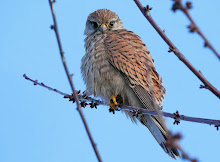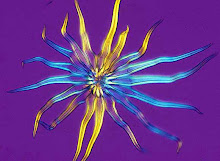It seems like no time at all since the first butterbur flower spikes began to appear along riverbanks in early spring, but now they are ready to shed their seeds. These impressive seed spikes were growing in woodland beside the river Wear at Durham Wildlife Trust's Low Barns nature reserve last week.
Monday, May 12, 2025
Butterbur going to seed
Labels:
Butterbur,
Petasites hybridus,
seeds
Subscribe to:
Post Comments (Atom)

























No comments:
Post a Comment
Note: Only a member of this blog may post a comment.